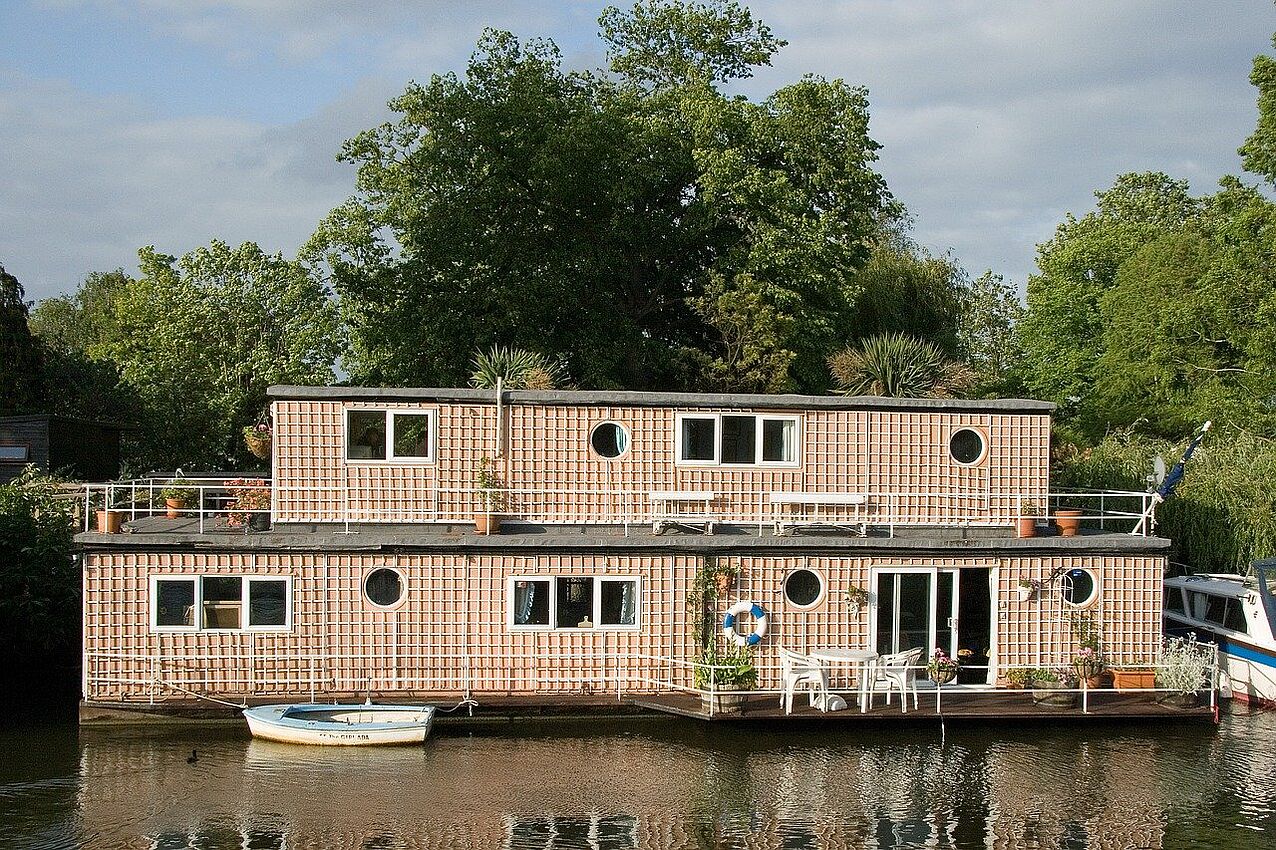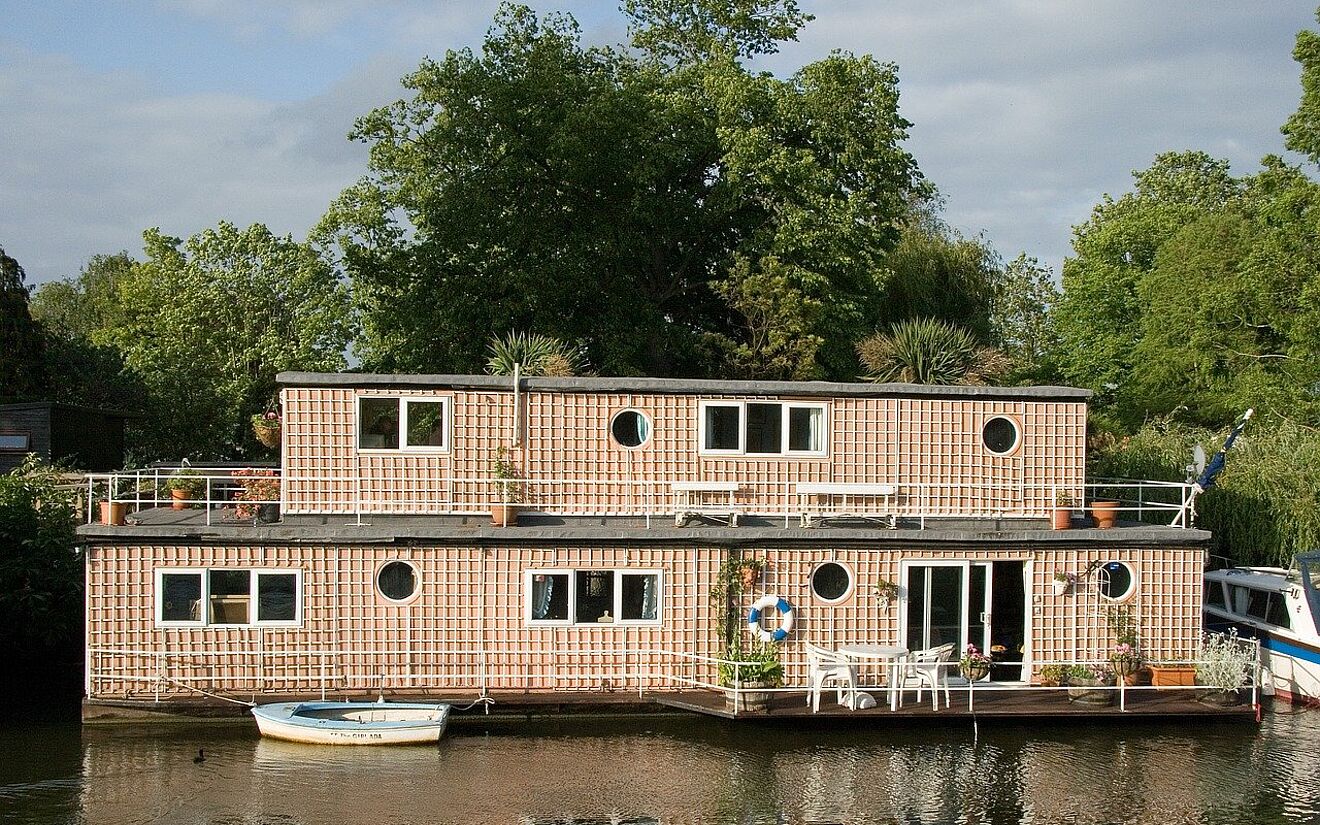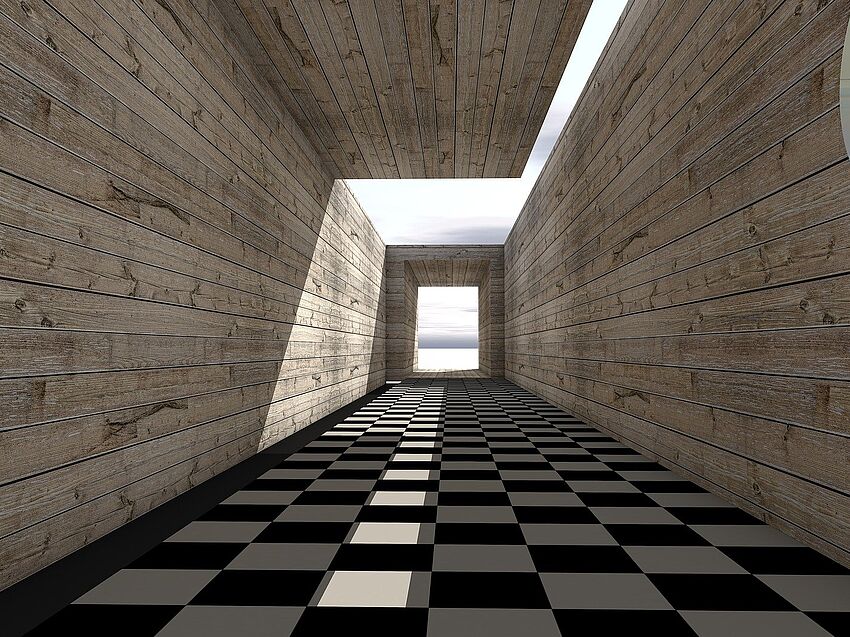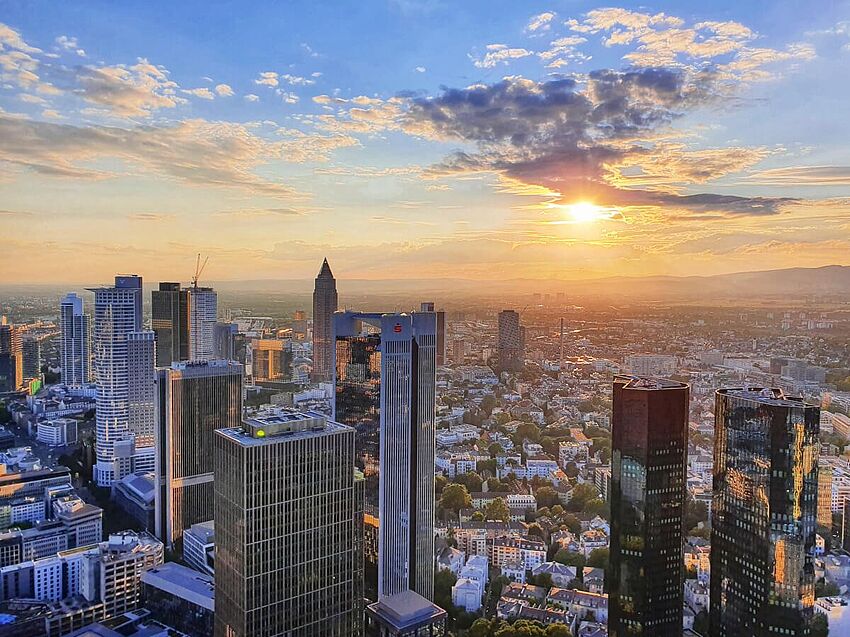The 20 most expensive buildings in the world: from super mosques to luxury casinos
Living space is becoming increasingly scarce in cities around the world. Floating houses on rivers or canals are thus an attractive alternative. The newer models have long left behind the rustic design. Modern examples impress with design, sustainability, technology and comfort. In this article, you will learn what the building requirements are for houseboats and we will show you three excellent examples of almost futuristic houseboat architecture.

Building requirements for the residential boat
The solid residential landscape of a houseboat is based on a pontoon made of concrete or steel, which is attached to fixed moorings. It is therefore a floating house and is therefore subject to the same legal building requirements as traditional single-family homes, for example. The shape, number of stories, materials and colors can be freely chosen by the architects. Only an existing development plan is to be taken into consideration here. In addition, the mooring is to already be developed. Since only the exterior walls are load-bearing, this allows for a great degree of design freedom for the interior design of the houseboat. Living on the water is also closely linked with the topic of sustainability. That is why environmentally-friendly building materials as well as regenerative energy sources are ideal for residential boats, as the following three examples of houseboats show.
Completely self-sufficient: The Waterlovt houseboat
This floating luxury apartment from Holland impresses with its elegant architecture. It combines modern technology, comfort and sustainability. In addition, it is completely energetically self-sufficient. The photovoltaic system on the roof in combination with a power storage unit provides the necessary energy. Organic waste that is created can also be processed further into energy with a special boiler. The desalination system uses this electricity to produce drinking water. An integrated cooling and heating system is also part of the equipment. Large windows on all sides provide sufficient daylight. The architects used handmade high-quality wooden elements for the floors, wall cladding and ceiling.
Between the tides: The Exbury Egg
An egg-shaped mini house was created at the mouth of the river Beaulieu in the UK in 2013 as a result of a cooperation between the British architects PAD Studios, the artist Stephen Turner and the design company SPUD. When the tide comes in the Exbury Egg floats on the surface of the water and when the tide goes out it rests on the ground. The floating egg consists of native wood and molded plywood with a length of 20 meters and a height of 9 meters. Inside a hammock, a stove, desk and a bathroom area await the resident. This project represents living close to nature in a special way.
Eco yacht with a deep insight: The Trilobis 65
The Italian architect Giancarlo Zema designed a yacht in 2001 that offers space for six people and allows for a direct view to the seabed. The fully glazed observation room is located three meters under the surface of the water. The six seats are connected with each other by computer. This allows for real-time information about passing marine animals and plants. Electro-chemical processes are used to adjust the glass windows to the respective lighting conditions, which ensures passes an optimal view. The 20-meter long eco yacht is operated by an electric motor with hydrogen fuel cells. Drinking water is created as a "waste product." This is again made possible by electro-chemical processes. The four decks of the residential ship are connected with each other by a spiral staircase. The project is still being implemented.
The houseboat as an answer to climate change?
Living on a houseboat offers natural living in a small space where environmentally-friendly materials and technologies are often the focus. This is why it is classified in the "tiny houses" trend – environmental awareness and a reduction to the essentials play a major role in this movement. The demographic development in cities as well as climate change could make the modern houseboat into an innovative and lasting alternative for additional living space on the water.




